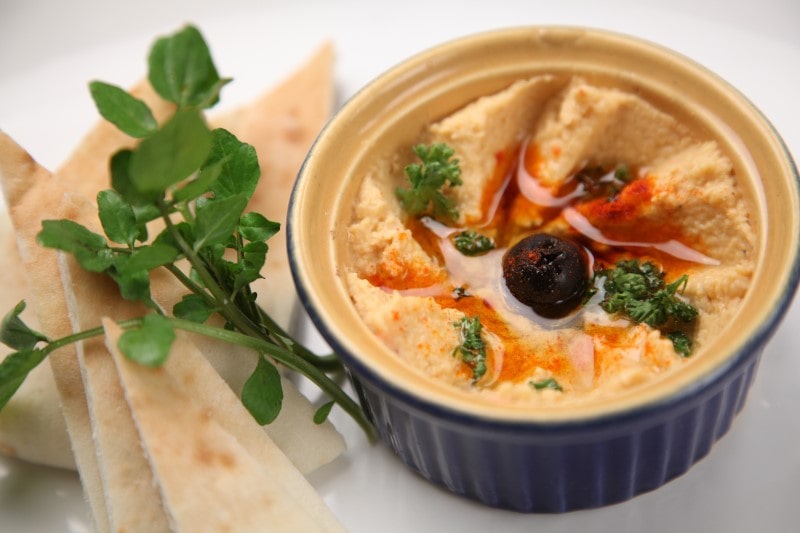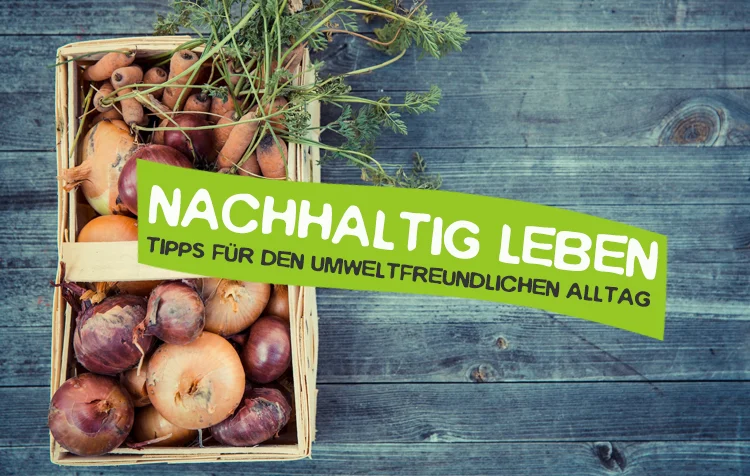Are Chickpeas healthy and what nutrients do they contain? Are chickpeas a good source of protein for vegetarians and vegans? Where does the chickpea originally come from and where is it grown nowadays? Where can you buy chickpeas and what is the shelf life of chickpeas?
What is the proper preparation of chickpeas? What do you make from chickpeas and what can you eat with chickpeas? And of course the question of all questions: Why are chickpeas called chickpeas? I answer all this in the following post on chickpeas.

Chickpeas healthy and nutritious?
Chickpea is a healthy source of protein and fiber. 100 grams of chickpeas contain 7.5 grams of protein, 5.00 grams of fiber and only 2.7 grams of Fat. The majority of these are unsaturated fatty acids important for the body. The nutritional values of the chickpea are also supplemented by many valuable minerals, such as magnesium, iron, copper and vitamin K.
Nutritional values per 100 grams of chickpeas:
- Magnesium 56 mg (just under 20 % of the daily requirement according to DGE)
- Iron 2.95 mg (21 % of the daily requirement)
- Copper 340 µg (22 % of the daily requirement)
- Vitamin K 30.00 µg (43 % of the daily requirement)
The chickpea is particularly well suited as a component of a post-workout meal, as the ratio of carbohydrates to proteins is quite good at 3:1 and the chickpea contains many important amino acids. Due to the high protein content, the chickpea is next to lentils, nuts and Legumes a good Protein source for vegetarians and vegans.
The essential amino acids isoleucine, leucine and valine are often supplemented in weight training as BCAA powders. These amino acids are essential because the human body cannot produce them itself.
100 grams of chickpeas contain
- 420.00 mg isoleucine
- 564.00 mg leucine
- 353.00 mg valine
- 510.00 mg lysine
- 595.00 mg arginine
The high proportion of leucine is particularly valuable for muscle building, as leucine stimulates protein biosynthesis. The good amino acid profile complements the proteins and makes the chickpea a good source of amino acids and protein for vegetarians and vegans who want to build muscle.
The high proportion of other amino acids is also good because amino acids counteract numerous problems such as skin and hair problems, depression, sleep disorders and diabetes. Here, of course, it should be said that amino acids alone can not eradicate these problems. However, combined with a healthy diet, exercise and a healthy lifestyle, amino acids can prevent some of these problems.
Why are chickpeas called chickpeas?
If you've always wondered why chickpeas are called garbanzo beans, here's the answer for you: The Latin name of the chickpea is Cicer arietinum. Cicer (pronounced kiker) became the Old High German word "kihhira" and ultimately the word "chickpea", which gives the chickpea its name today.
So the name chickpea has nothing to do with laughter, but comes from Latin.
Where does the chickpea come from?
As early as 8,000 years ago, the chickpea was common in Asia Minor, from where it spread across the Orient and Mediterranean to India.
Today, most of the world's production of chickpeas takes place in India. In India, nearly 9,000,000 tons of chickpeas are grown per year. That is over two-thirds of the world's production.
Other important producers are Australia, Pakistan and Turkey.
Where can you buy chickpeas?
Meanwhile, you can buy chickpeas in every supermarket and discount store. In organic food stores and health food stores there are certainly also chickpeas. Alternatively you can get the Chickpeas online here*.
You can buy chickpeas in different forms. You can get them dried, pre-cooked in tins or in jars. You can also buy them as Chickpea flour* or as Low carb pasta* buy.
What is the shelf life of chickpeas?
The dried chickpeas have a fairly unlimited shelf life. The pre-cooked chickpeas usually keep for about 2 years from the date of purchase. Once you open the jar or can, you should consume the chickpeas within 2-4 days and keep them in the refrigerator during that time.
The correct preparation of chickpeas
The preparation of pre-cooked chickpeas is totally easy. You don't have to cook pre-cooked chickpeas. You can rinse them briefly in a colander and drain them, then mix them directly into a salad, for example. Of course, you can also cook them briefly in a pot with the rest of your food or sauté them in a pan.
Preparing dried chickpeas requires a little more planning, as you need to soak and cook them. The chickpeas must first be soaked for at least 12 hours (24 hours is better). When soaking, you need to keep in mind that chickpeas soak up a lot of water. You may need to add some water to keep all the chickpeas covered with water. Then pour away the soaking water and rinse the chickpeas well. Then cook the chickpeas in fresh water at a gentle boil for 1 hour.
If you want to prepare hummus with the chickpeas, it is better to cook them for 1.5 hours, because the hummus will be creamier. When preparing chickpeas, you can save time and energy if you use a pressure cooker. You can find two pressure cookers in different sizes and price ranges here:
Notice: Instead of cooking the dried chickpeas, you can also sprout them. To do this, take the dried chickpeas and soak them in water overnight. For the next 2-3 days you need to rinse the chickpeas every morning and evening in a sieve with fresh water. In between, you can put the chickpeas in a bowl or a dish. Germination jar* Store. Depending on the temperature, it takes up to four days for the chickpeas to finish germinating.
What can you eat with chickpeas?
Salad with chickpeas
Cooked chickpeas are great as part of a salad because they are filling and contain protein. I usually just make a mixed salad with tomatoes, peppers, red onion, lettuce and chickpeas. Not only is it quick, but it's healthy, especially because of the chickpeas. Especially in the evening, when you don't want to eat too many carbohydrates, a salad with chickpeas is a good choice.
Falafel from chickpeas
Originating from the Middle East and North Africa, falafel are now also known in Germany. These are small balls of ground cooked chickpeas, garlic, parsley, coriander and spices. These are deep-fried until golden brown and then eaten classically in a pita bread with salad and tahini or hummus. The falafel can often be found in Germany in snack bars.
Hummus
That I like to eat hummus, you may have already seen in my article Make hummus yourself experienced. You can prepare hummus both savory and sweet. Even sweet versions are healthy because of the chickpeas.
Farinata
Far less known is the farinata, which comes from Genoa in Italy. This is a type of pancake prepared from chickpea flour, olive oil, salt and water. The farinata was mainly eaten by poor people because the ingredients are very cheap. Classically, farinata is baked in a wood-burning oven, seasoned with black pepper at the end and eaten warm immediately. I can imagine the farinata very well as a side dish with fresh oven vegetables.

Vegan curries
Chickpeas are also suitable as an ingredient for vegan curries. Just replace meat with chickpeas and prepare a delicious curry with rice, curry paste, coconut milk and vegetables. A vegan curry is a great way to prepare chickpeas in a healthy way.
Mixed vegetable pans
I also often make myself a kind of vegetable-rice-chickpea pan. For this, I just briefly fry some vegetables in a pan with the chickpeas, some onion, garlic and oil and finally add the cooked rice. It's quick and super easy. Alternatively to the rice you can also use lentils well.
My conclusion about chickpeas
The chickpea is a complete food, since Carbohydrates and Proteins are in a good ratio and also many micronutrients are covered. Due to the many micronutrients and the high protein and amino acid content, chickpeas are healthy and a good source of protein for vegetarians and vegans. They are also suitable for a low-fat or diet free of substitute products.
Especially the pre-cooked chickpeas are good in the kitchen when you have little time to cook. Because they no longer need to be heated, they can be used quickly and are uncomplicated. Chickpea sprouts, on the other hand, are a little more elaborate, but contain even more nutrients.
Chickpeas can be integrated into many different dishes. Due to their relatively neutral taste, you can even use them in desserts.
For me, chickpeas are a staple in my diet because they are healthy, versatile and quick to use.
All the best,

P.S.: If you don't know what to do with chickpeas, check out. here my contribution to hummus at. Or look at my best tips for vegan living an.






Wow, I've learned something again, I'd say. As a vegetarian and falafel freak, I've of course known about chickpeas for a long time, but I'm only now realizing what they really have to offer. The good protein/carbohydrate combination and the high proportion of amino acids are particularly interesting for me as an athlete. And it doesn't hurt to know why they're called that... 😉
Thanks for the very interesting article!
Moin Till, always gladly! Bon appetit!
Christoph
Thank you very much for this article! It was really informative! Best regards 🙂
Hello Philipp,
Always welcome, thanks for your feedback! 🙂
Many greetings
Christoph